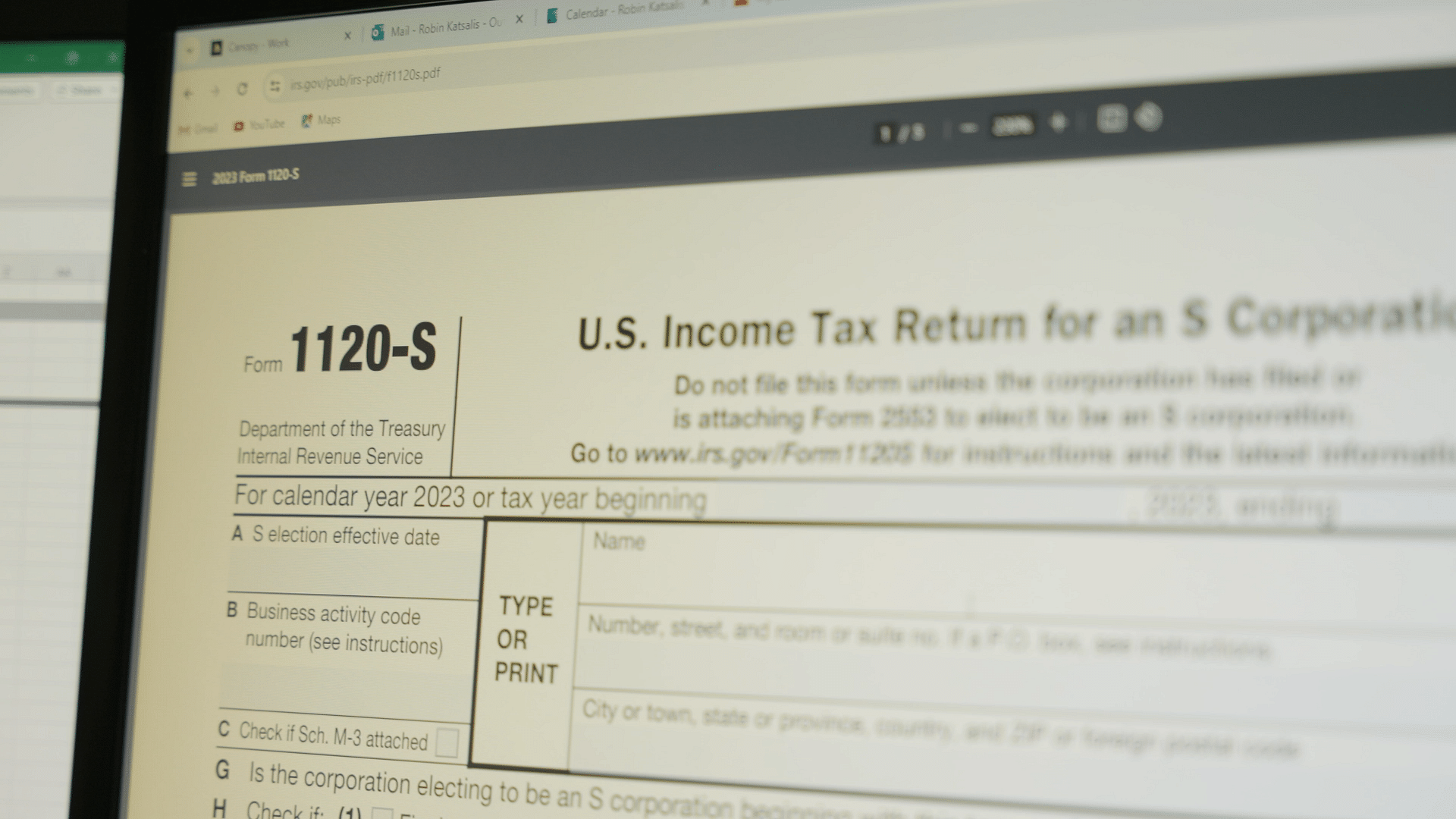
The Trick to Reading Your Cash Flow Statement
Apr 7th, 2016
The cash flow statement is your most important financial tool. It tells you exactly what happened to your cash. It shows you where your cash came from and where it went. It will show you if you are running out of cash (which can happen even if you are making a profit), how your loan payments are affecting your bank account and even if you are taking too much money out of your business.
The trick to reading a statement of cash flows is to pretend you are your bank account. The statement is a diagram that shows you where your money came in, and where it went out. It should account exactly for the difference between what was in your bank account at the beginning of the month, year or any period, and what is in it at the end.
The statement is divided into three sections and the last two, Cash Flows from Investing Activities, and Cash Flows from Financing Activities are pretty straight forward. Investing Activities relate to things that your business owns and Financing Activities are either loans that you took, or loans that you gave to another business venture. A negative number means you bought stuff (the money went out; you don't have it anymore) and a positive number means that you either sold stuff (Investing) or got a new loan (Financing), just like you would see deposits and withdrawals on your bank statement.
It is a little more difficult to follow the first section, Cash from Operating Activities. This section has to do with your actual product line or services. The first line you might see is depreciation or amortization. It got taken out in your expenses on your P&L (Income Statement), but it isn't cash so it gets added back in.
Accounts Receivable and Inventory are important parts of your business, but think about what happens when they get too big. The bigger they get, the more money you don't have; you are waiting for it. If your Accounts Receivable got larger, or you suddenly have 25 widgets in stock when you usually only keep 15 on hand, that difference is subtracted. If your receivables got smaller - because more people paid you, or you are down to 5 widgets in your warehouse, you have more cash, so you add it back in the decrease .
Accounts Payable is the opposite. If you haven't paid the bills, you still have the money. So the bigger your payables get, the more cash you have, and you add the difference back in. If you paid down your payables, you have less cash, so you subtract it.
Once you understand how the cash flow statement, you'll have a much better understanding of just where your profit is in your business.
If you found this article useful, please do not keep this a secret. Share it with a friend.
Copyright 2015 by Hallie Pentheny, Accounting Manager of Appletree Business Services LLC, a PASBA member accountant, located in Londonderry, New Hampshire.


Let’s Help Eliminate Your Stress
If you choose Appletree Business Services for your bookkeeping, payroll or tax needs, you’ll find that good things begin to happen in your business. Your common financial challenges will become simple with a clear map to create your ideal situation. More than that, we’ll identify your “typical” stresses and help make them go away.